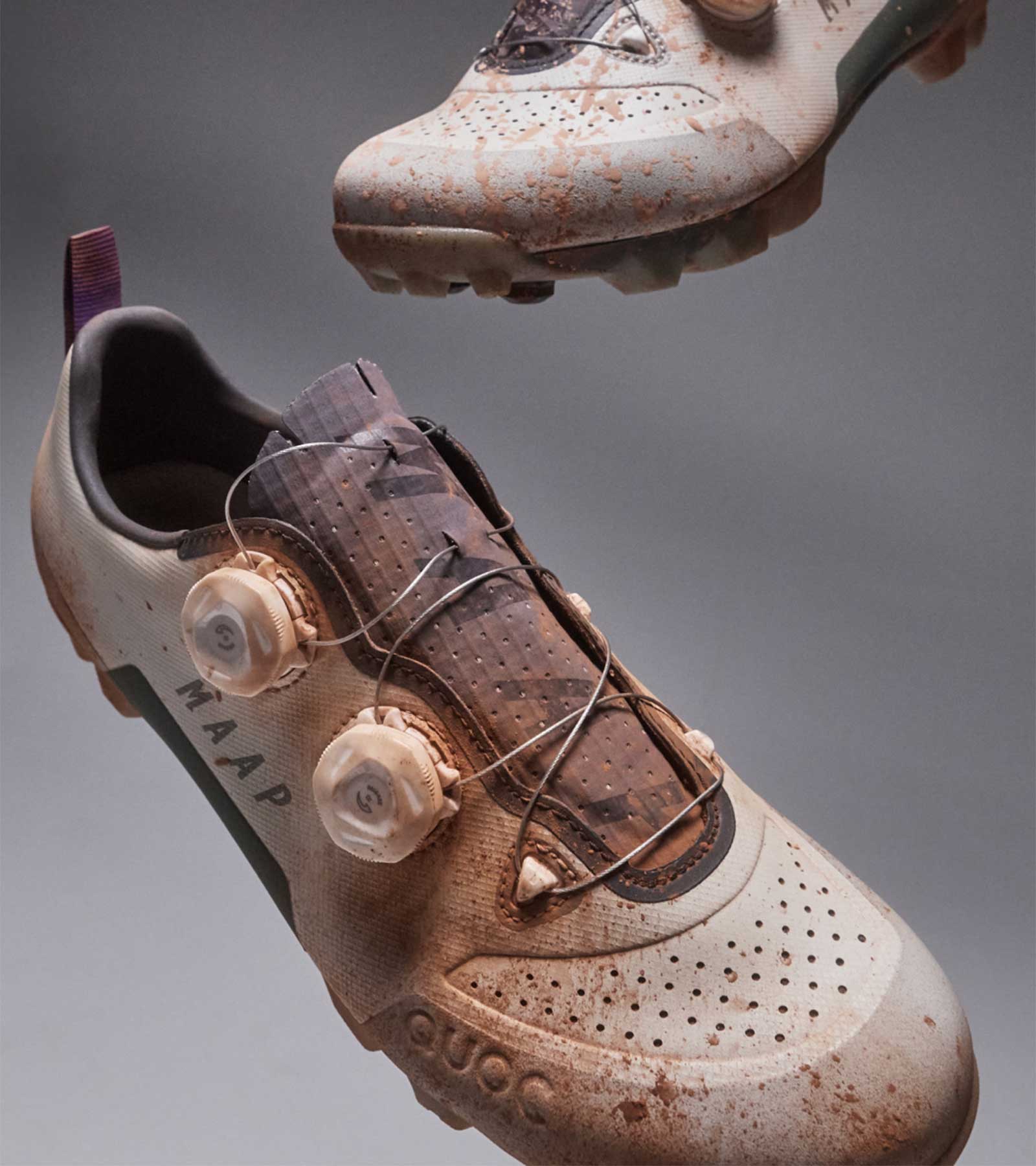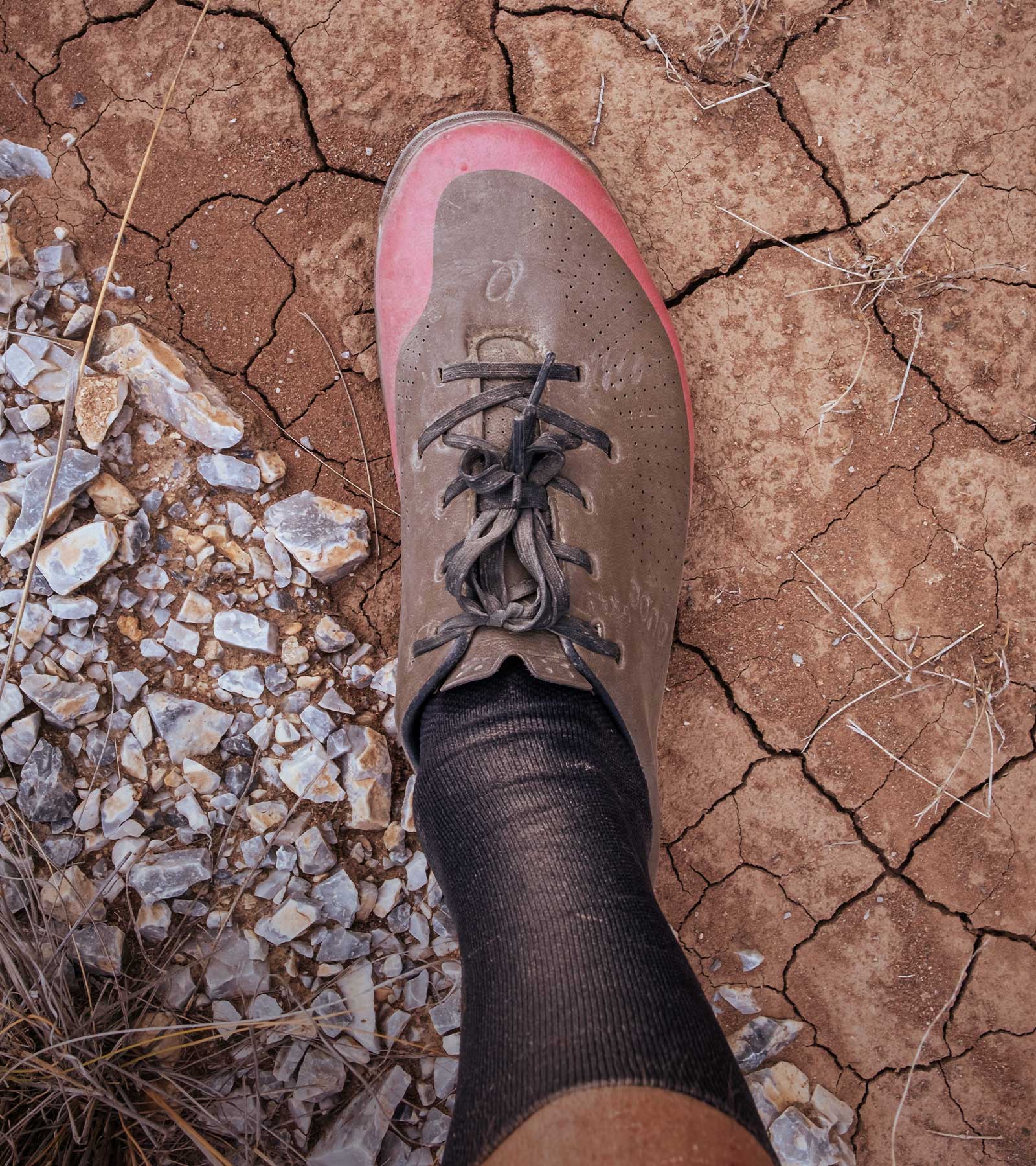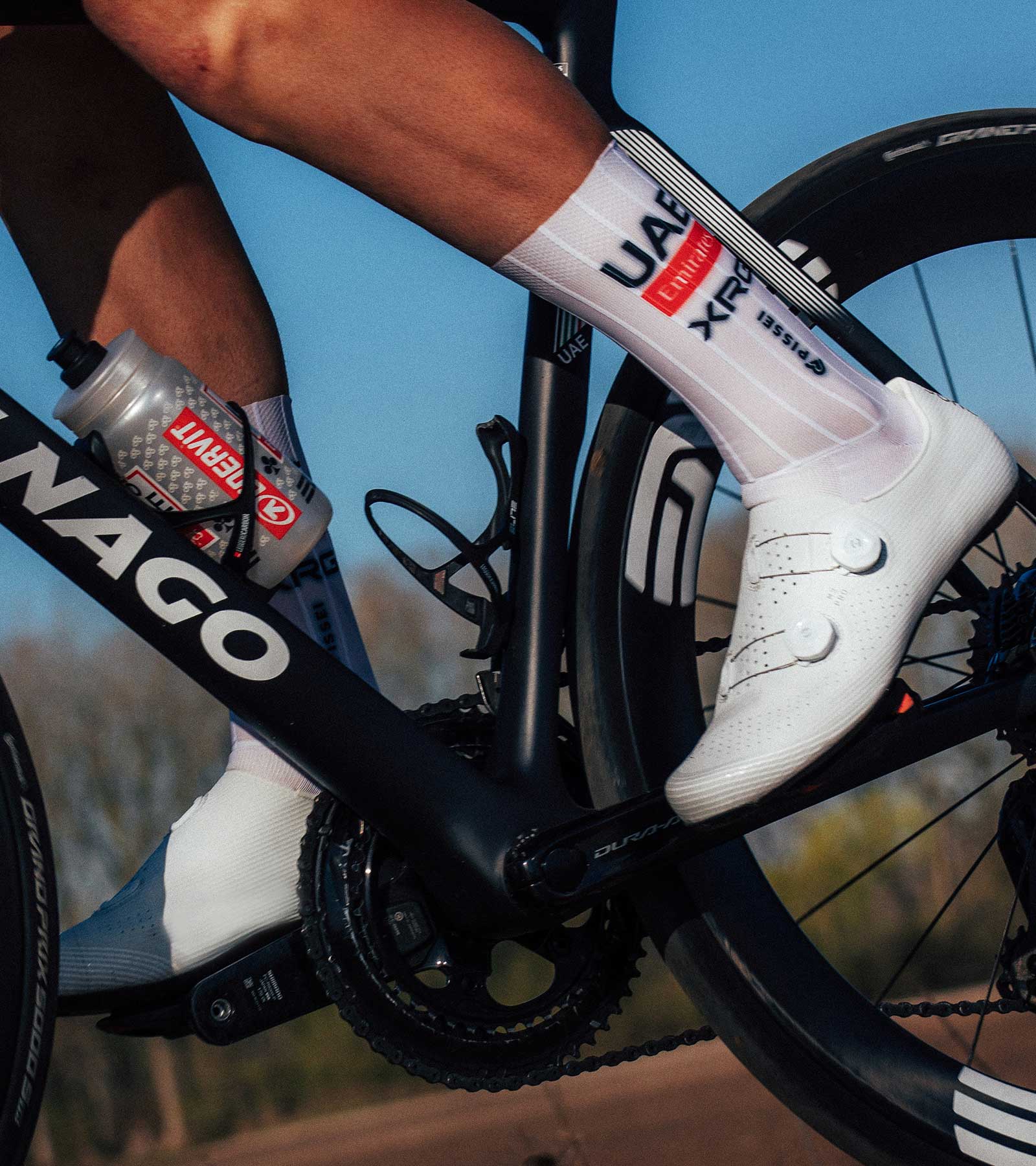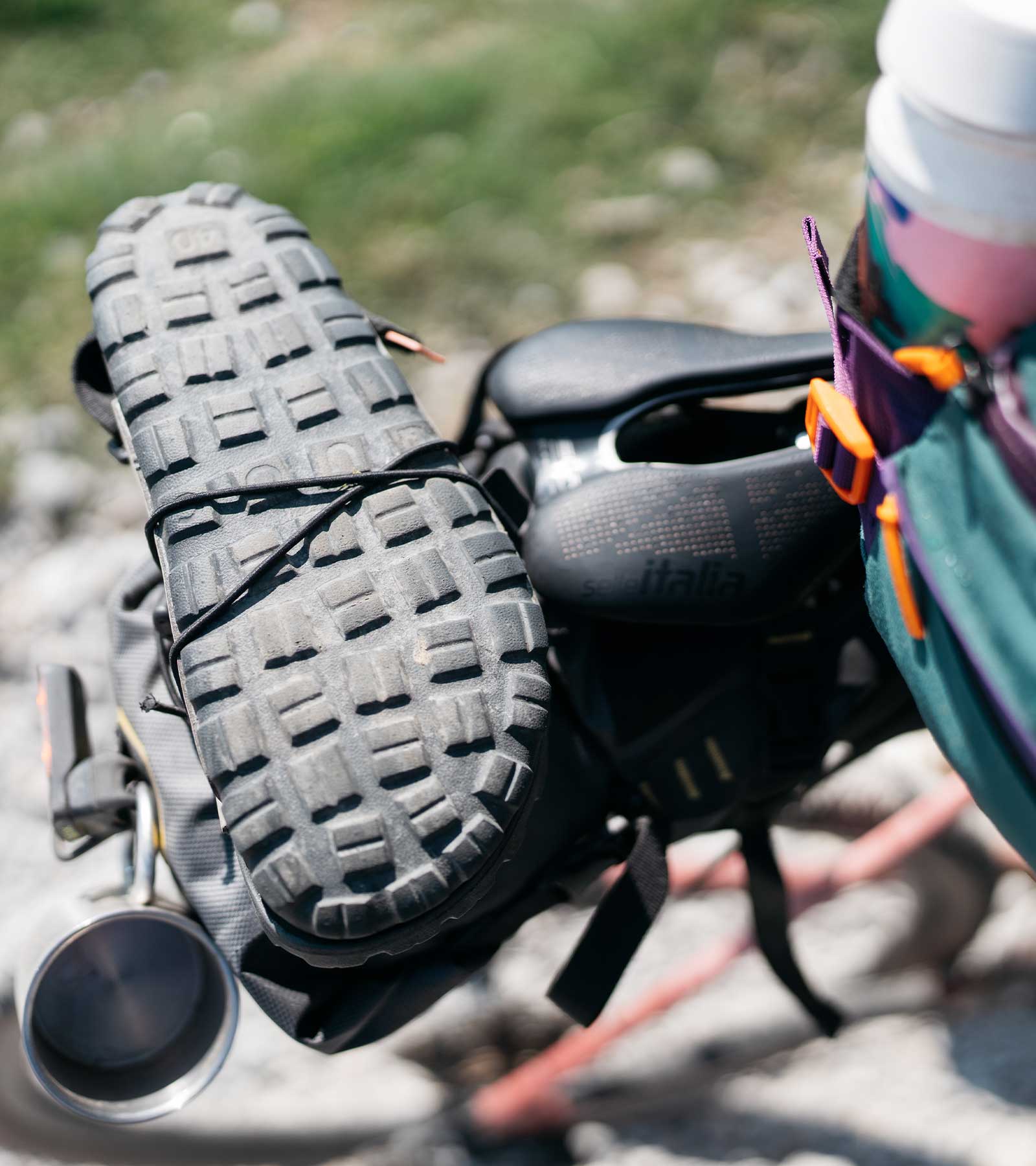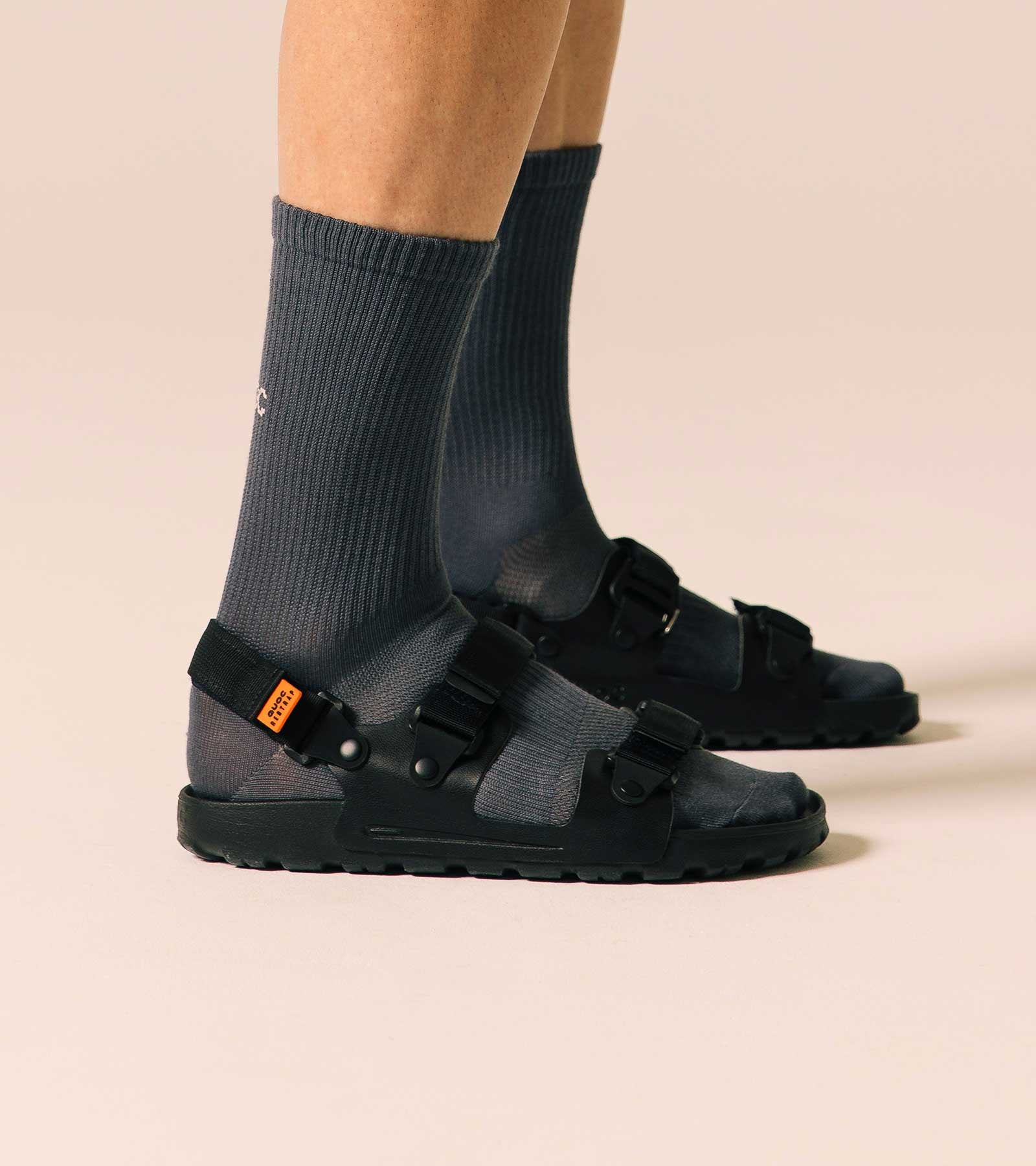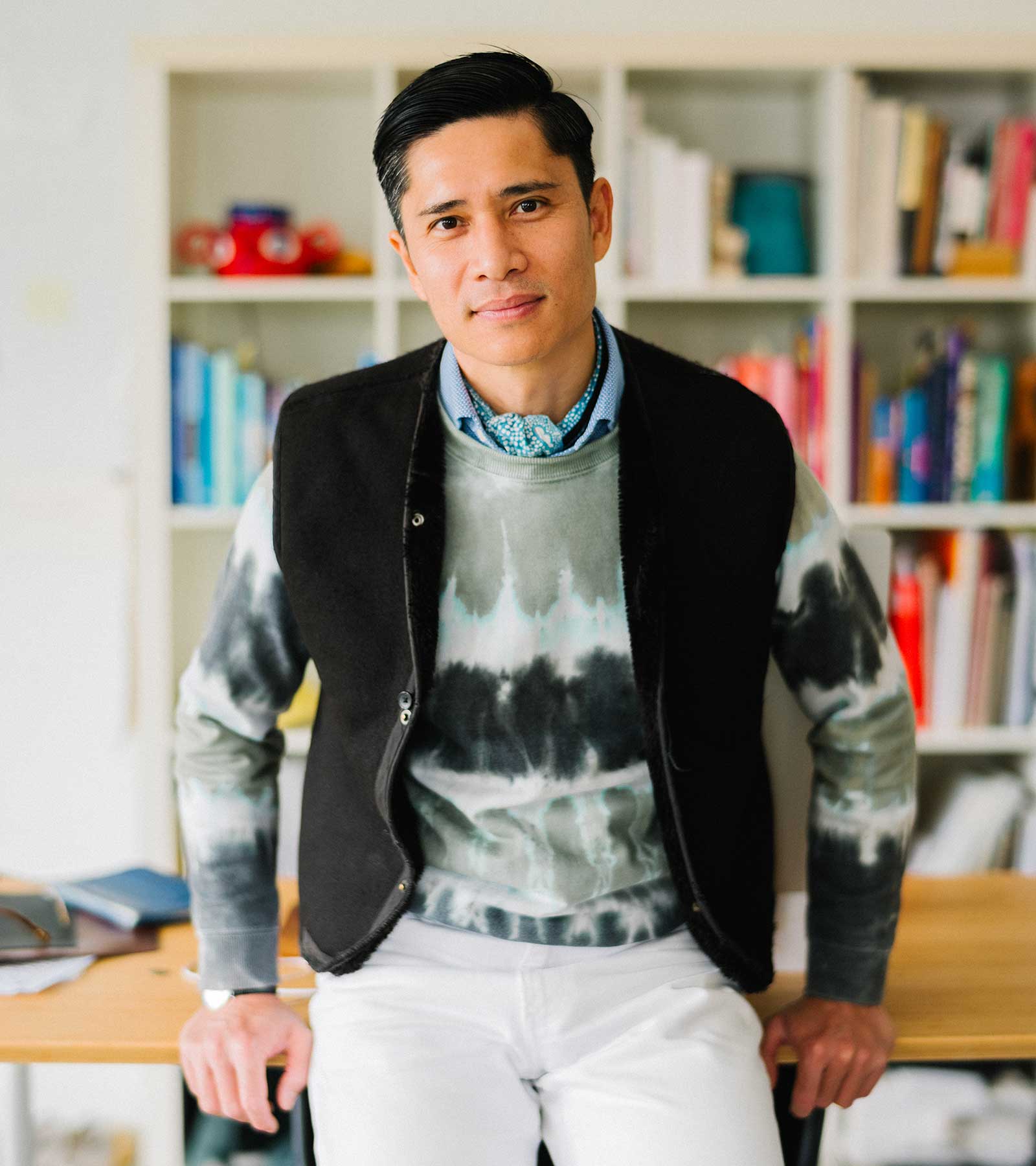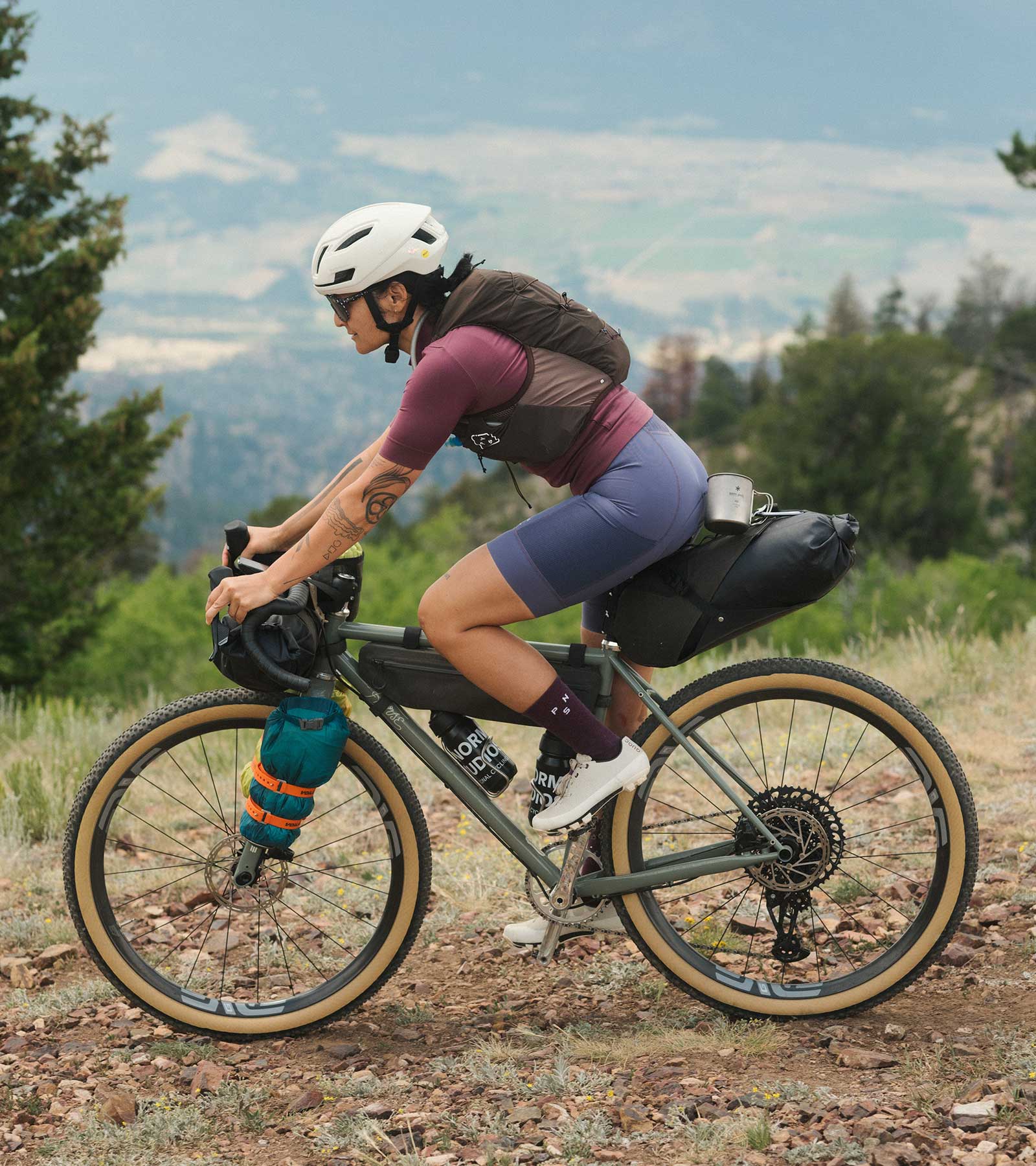Sooner or later, perhaps we all experience a Del Monte moment. For Simon Stanforth, founder of Stanforth bikes, it was while listening to Richard & Nicholas Crane’s tales of bicycling up the Kilimanjaro that a feeling of wanderlust first awoke. “My dad was running Saracen bikes at the time,” explains Simon, during a late afternoon phone call from his Brighton office in southern England. “And the Crane cousins had cycled Kilimanjaro in 1984 on a Saracen. When they came back, my dad got to meet them and asked them to do some talks about the trip. I sat in on the talks, and the photos were amazing. They were cycling up this snow covered mountain with their stuff - rucksacks, camping gear - and I just thought it had such a sense of freedom about it. And it showed me where bikes could go; that there is no limit.”
It was to be an experience that would set Simon on a journey to one day creating a range of touring bicycles. But first, he had to find the right path.
Here are the excerpts from his conversation with The Pedaler.
It’s the mid-80s, and your dad runs a bike company - you were some lucky kid.
Ha, yes I was! He’d got involved in the early mountain bike scene and was instrumental in bringing the first ones over. I used to go up to Wales to help test them out, which was brilliant.
Which must have given you a good feel for bicycle design?
For sure. I’ve been so lucky with my dad manufacturing bikes, I've been able to ride so many and knowing what the geometry is on all of them, you start to learn what those different numbers on bike design and geometry mean.
It was punchy of him to get involved in the mountain bike world when that style of riding was all but unheard of in the UK at that time.
Yes it was, because I remember he was going to bike shops back then and people got on to him that no, that will never take off because it was all about road bikes at the time.
He was certainly way ahead of the curve.
Yeah, and it's funny because he went into electric bikes in 2010, and got the same response. But here we are a few years later, and they’re really taking off.
After those early experiences, how did your relationship with the bike change?
Well, I was always really involved with Saracen, but for a while, bikes got left behind in the transition to adulthood. After university, I went into advertising in London.
I’ve heard of more than a few bike people taking that path. Do you think there are commonalities between the advertising and bicycle worlds?
I think it gives a bit more of an understanding of design, and perhaps about what people want. And trying to see what people might want in the future. I suppose that's the best bit of that. But my passion was never really there. It was always with bikes.
It's curious how quickly you can get far from where you want to be. And later, loop back to what matters.
Yeah, I think that people are doing that a lot more now, as far as that feeling goes, that it's doable instead of having the same career forever. But for me, I suppose it was a combination of things. One, reaching the age of 40 or approaching 40, and thinking that it's got to be sooner rather than later. I’d been offered a promotion at work, and I knew that if I took that, I would never be able to get back to bikes. And then I heard Alistair Humphreys speak, and just looking at his photos and listening to all his stories from his trips, I just thought, that's where I'm going - I'm going to be involved in this.
Which is why you chose to pursue touring bicycles specifically?
Yeah, it was always touring bikes. After hearing the Crane cousins talk as a kid, the whole romance of it caught me. When you see photos of people cycling in middle Africa, in the Bolivian Salt Plains or touring through the Pamir highway, it’s just inspiring.
And at one time or another, you must have also slung panniers and ridden off to seek adventure?
Yes, I've cycle toured in Vietnam. And then through Scandinavia, parts of Spain and the Balearics, through France, Iceland and then in some places in New Zealand as well. But closer to home, most places in the UK, but in particular Scotland, which is a stunningly beautiful place to cycle.
Your father must have quite a broad overview of the bike industry after being in it for so long. Did his advice help you to sidestep errors, or perhaps forewarn you about issues when starting the company?
He gave me a very good warning before I started it, said that if you want to make money, bikes aren't necessarily the place to do it. It's a very hard industry to make money in. And it was good having that understanding at the outset, and it helped to make sure my expectations weren't too high.
And it is a tough industry and a tough market, with margins much lower than what you might find in other areas. So it was beneficial having that hit hard home to me early on. It's been handy just running a few things past my dad and my uncle here and there. It's always nice knowing that they're on the other end of the phone.
But leaving a safe job to set up Stanforth, that must have been very challenging.
It was. And the only way I managed it was doing the advertising job and the bikes at the same time for about three years. Which in hindsight was the best thing I could have done because it meant that I still had a salary while I invested to get everything into place. It would have been very tough otherwise. Then in 2016, I went full time with it.
It sounds like you jumped into it at perhaps at the right time. Touring is seemingly on the up.
Yes, it's funny because in some ways, launching a 26-inch wheel bike in a market where everyone has gone away from 26 inches is crazy. But a 26 is the right type of wheel for heavy-loaded expedition bike touring. It’s the wheel I put on the first Stanforth model, the Kibo. It might not be the most trendy or popular size, but it's right for the task and that, I suppose, is what I make sure I do - ignore the trends and focus on what I believe is the right bike for the right task.
Would you say that the touring market has evolved?
There are lots of new terms - lightweight, adventure, gravel, bikepacking - but touring is a big market. In many ways, it's all just tweaks and variations, but still part of a broader touring movement.
How did the Kibo first come together?
So the Kibo is our expedition bike. It came together from years of tweaking angles, tube diameters and gauges on touring frames to get to the right mix for loaded touring. We used Reynold's 631, which is the strongest gauge, and a 26-inch wheelset. It’s immensely strong. I've seen some pictures of it on trips going around the world, fully, fully loaded up. You can hardly see the bike!
That was early 2014, and then in 2017, I launched the Skylander.
All beautiful names Simon.
Thanks! That was from going around the Isle of Skye, and that bike was spot on for it. So, yeah, that's the Skylander, which is more of a classic tourer, rim brakes, with a 700C wheel size. It’s not designed for the full load you'd carry on the Kibo, which is where you literally can haul everything, kitchen sink and all. But it's still designed for reasonably weighty front and rear loaded panniers, and it can handle roads, gravel tracks, so again it's another long distance loaded touring bike.
And then more recently in the last few weeks, I've launched the Conway Sports Tourer. Obviously, the Skylander and Kibo are more for loaded touring, but we hadn’t gotten into lightweight touring. And I was chatting with the endurance adventurer Sean Conway - he not only cycled around the world but swam, ran and cycled Land's End to John o'Groats…
He did what?
Haha, yeah he swam it, ran it, and cycled it. He’s a legend! But the difference with him is that he's really into fast touring. So you know, 150 miles a day type touring.
I worked with him for a year on developing this new bike, and we came up with a Reynolds 853 mid-gauge tubing chassis, which makes it pretty light, but strong. And whilst I wouldn’t advise using fully-laden panniers, it can still transport a lot of kit. On top of that, the frame geometry is more suited to a faster pace, plus we've gone quite wide clearance on it so people can put a thicker tyre on it if they want.
It looks beautiful on the site.
Ah, cheers! We got a couple of colours, there's the Bahama Gold, which is based on the old 4x4’s desert sandy style. And then there's the Ash Green one, which I also use on another bike - love that colour.
And it doesn’t look like a gravel bike, despite the disc brakes, it still looks like a touring bike.
That was always the plan, for sure. When we were building it last year, we went through so many changes to get the balance right - tweaking, tweaking angles, changing, tweaking the gearing.
But now Sean is riding it, and in April he’s going to try to break the Guinness World Record for cycling across Europe.
Holy moly!
Yeah, it should be great. I mean, it was never the intention when we decided to make the bike. But when I caught up with him at the beginning of January, he dropped it into the conversation.
He’s training pretty hard right now. I got a message from him the other day, and he said that he’d just ridden 100 miles and it didn't feel like anything because the bike was so comfortable.
You also made a bike for Quoc which we took on our recent Wales expedition.
That was a lot of fun. It was the first time I’d built a bike with the Lauf suspension fork, but the process was pretty easy. Like any customer looking for a custom build, we first asked what the bike was going to be used for - that’s critical. But because it was gravel, which can be a blend of road and off-road, how strong do you make it? How off-road is off-road? So asking the right questions is essential if we are to select the right tubes.
In the end, with the straight handlebar, the fork and the way the tubes marry up to the oversized head tube, I think it came out nicely.

